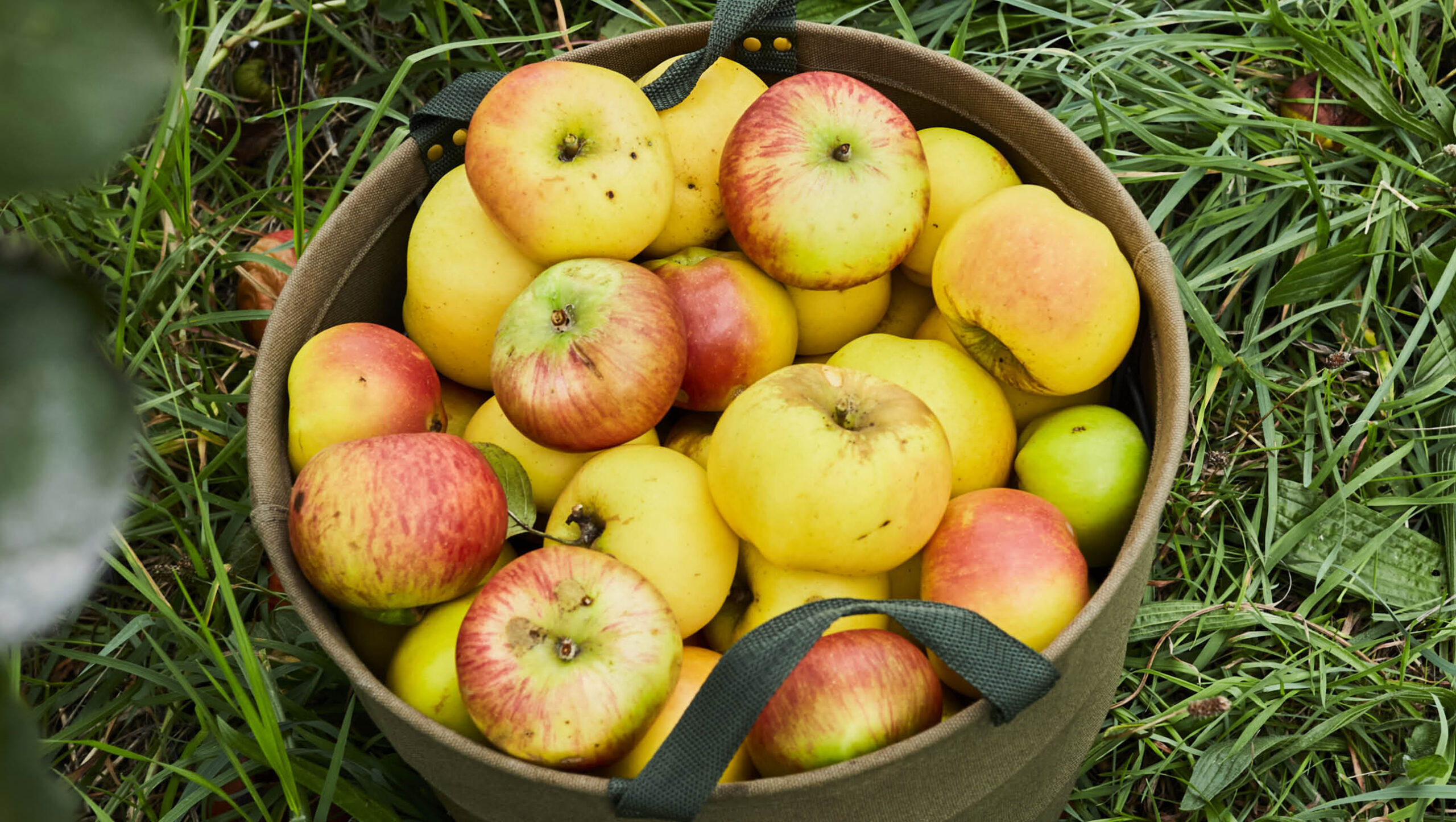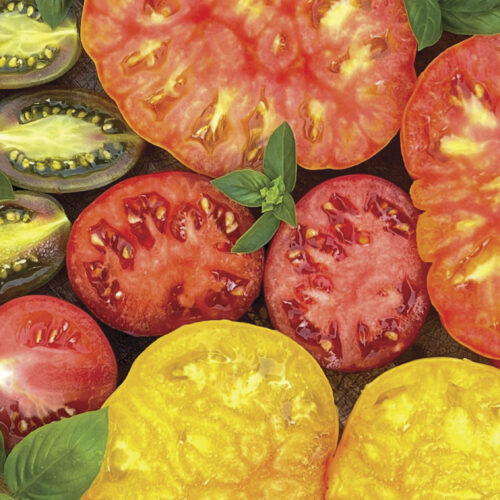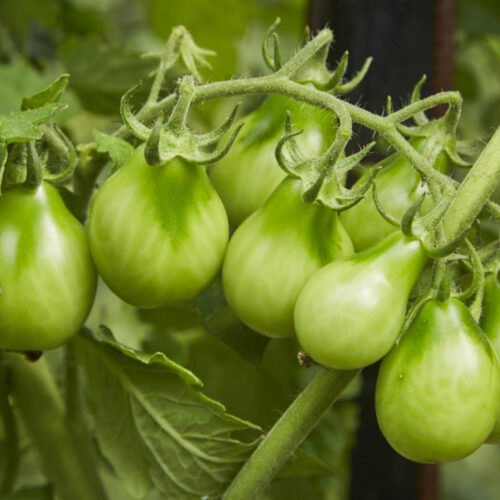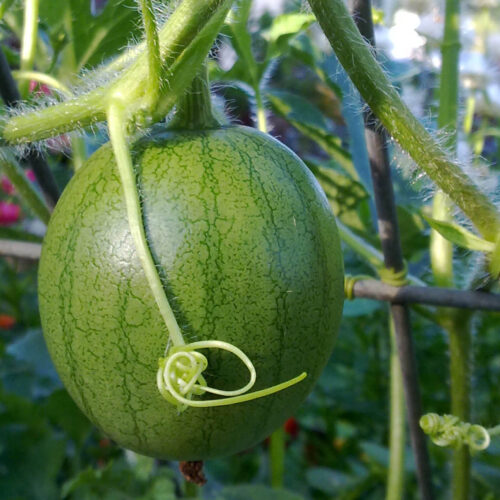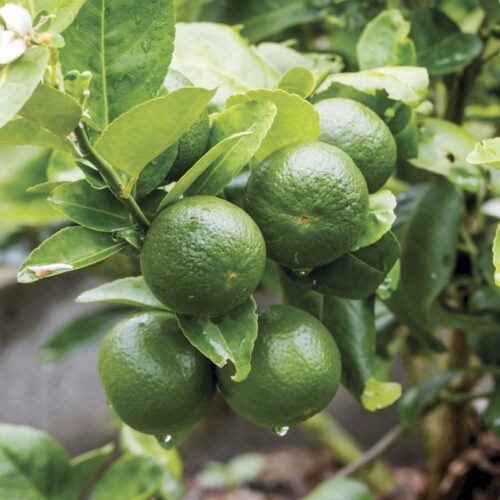Apple basics: how to plant and maintain
2024-04-16T06:37:02+10:00
Julian Blackhirst sets out the basics for planting and training apple trees, including how to prep your soil.
Apple trees are one of the most rewarding fruits to grow in cold and warm temperate parts of Australia. You can also grow low-chill varieties in subtropical areas. Provided a little care and planning is taken in establishing trees, apples can yield fruit for decades.
There are hundreds of varieties to choose from, many with much better flavour than the standard supermarket fare. Generally, apples are divided into cooking and dessert types and selecting carefully to suit your tastes and intended use is recommended. When choosing trees to plant, look for varieties that are grafted on dwarf rootstocks. This will make pruning, picking, netting and training easier.
Planting
Apple trees are deciduous, and planting is best done in winter, when they are dormant. Often you will purchase them as bare-rooted trees at this time. A sunny position with shelter from strong winds is ideal. Good drainage and adequate space are also needed for establishing healthy productive trees. If planting in rows, either as espaliers or free-standing trees, a north to south orientation is best so the trees get even sunlight throughout the day.
Soil should be well prepared before planting, but even though apples like a rich garden soil, they are also remarkably tough and forgiving plants. So don’t overdo the preparation with excessive fertilisers or fresh manures as it is more likely you’ll kill the young tree with kindness rather than neglect. At this stage, incorporating homemade or bought organic compost is usually the best way to condition the soil and improve fertility for your tree.
Prepare a planting hole that’s deeper and wider than the root ball and backfill with the stem buried at the same level it was before (if it’s bare rooted, look for a soil mark). Water in well and keep the soil just moist (not wet), well mulched and free of grass and weeds.
Training
Choosing a shape and training method for apples is best done before planting so that adequate space can be given to each tree and trellises and supports can be constructed. Dwarf apple trees trained in an open vase shape give good results and allow light and airflow into the centre of the tree.
When planting, the central leader is removed. During the first few years, the tree is pruned to remove growth that crosses the centre and spread the vigour to a multitude of outward growing branches. As a rule, horizontal branches will bear fruit quicker and provide the greatest returns. Sometimes it is useful to tie branches down or hang weights from them to speed up the process and help shape a tree.
Another method is growing apples trees as espaliers. Leading branches are tied horizontally to a strong trellis or fence with fruiting wood forming along each branch. I found in my orchard the espaliered trees fruited much faster than the free-standing vase-shaped ones and I was able to enjoy the first fruit after only three years.
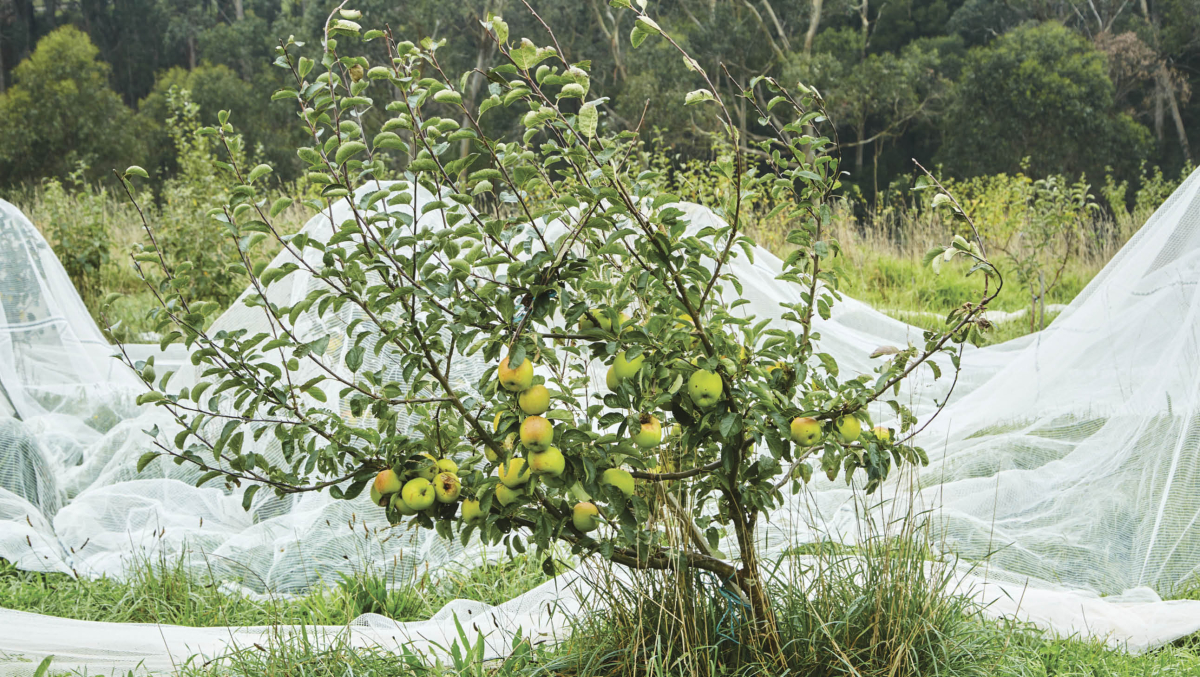
Another benefit to espalier growing is the use of space. By keeping the trees small and trained to their trellis I was able to fit a lot more trees in a small area, giving me far more variety. This also allowed me to spread out my harvest season by selecting early-, mid- and late-season apples, providing a continual harvest from February to May.
Once the apple trees are established with a good size and shape, they are easy to maintain. Summer pruning of new wood helps restrict growth and keeps trees from growing larger than needed. A yearly application of compost and organic fertiliser in spring, and periodic watering during the drier months is enough to keep apples healthy and fruiting.
Julian Blackhirst is head gardener at the Diggers Club property, St Erth, located one hour from Melbourne. For more information: diggers.com.au/pages/st-erth
This article first appeared in our Autumn 2023 issue (OG 140). You can get an issue and read more about growing apples, along with delicious recipes. Head here to buy a copy!

